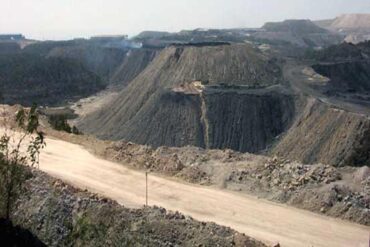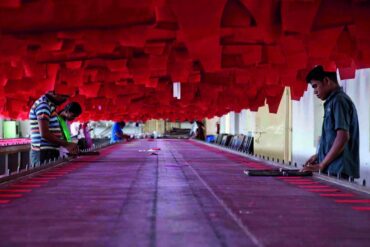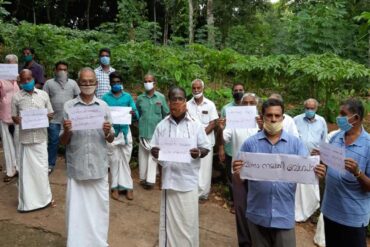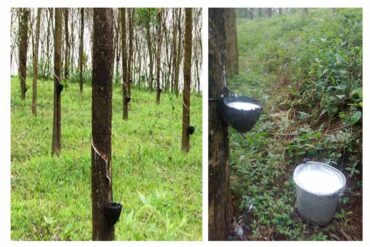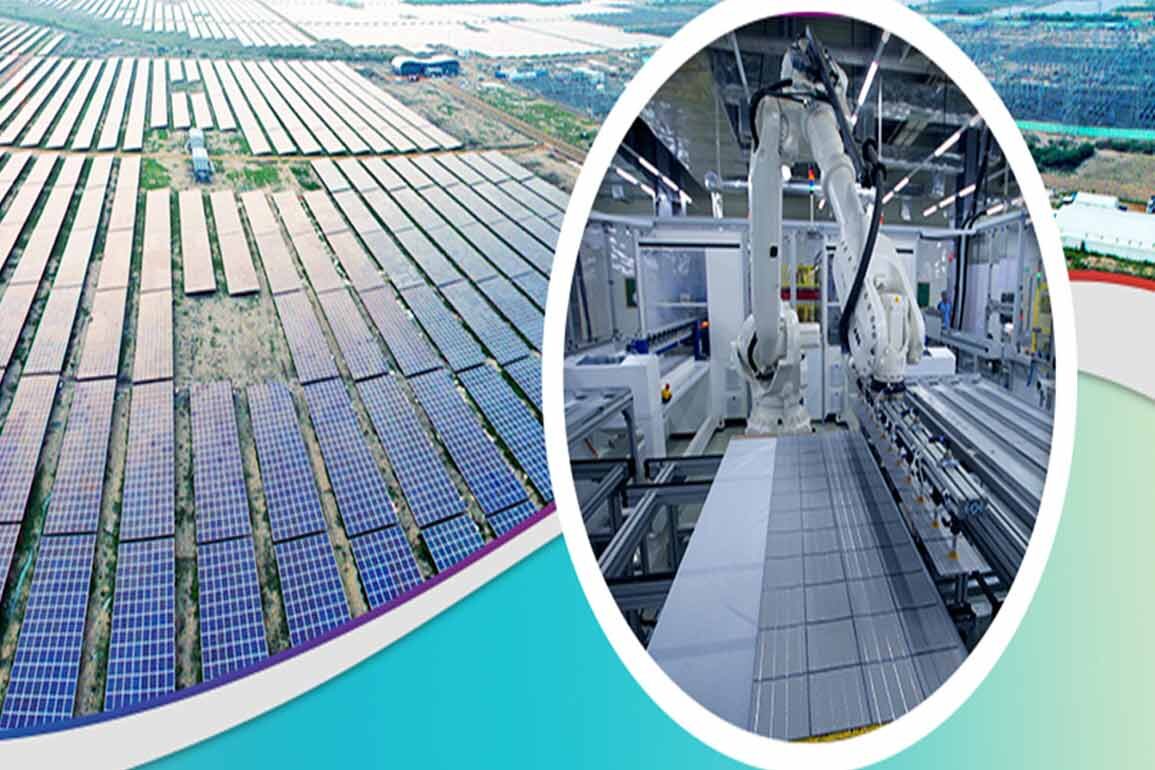Adani Green Energy, a Gautam Adani company, has reportedly bagged the world’s largest contract to build a 8,000 MW-capacity photovoltaic (PV) power plant and additionally set up a 2,000 MW capacity domestic solar panel manufacturing facility. The combined investment is estimated at $6 billion (over Rs 42,000 crore). However, the Adani group’s existing massive debt burden somewhat dampens the hope that the project will become a success anytime soon and it will be able to keep its tariff commitment. In 2018, the Adani group’s total debt, according to Bloomberg data, was estimated at Rs 99,181 crore. This included Adani Power (Rs 47,609 crore), Adani Enterprises (Rs 22,424 crore), Adani Ports (Rs 20,791 crore) and Adani Transmission (Rs 8,356 crore). However, the group is not concerned. It continues to bid big to acquire large projects. And, the government seems to be strongly by its side.
Adani Green Energy’s FY20 annual report makes an interesting reading. The company reported a consolidated net loss at Rs 67.96 crore for 2019-20 as compared to net loss of Rs 475.05 crore in FY19. This was helped by some very intelligent financial engineering. Due to change in depreciation method, there is reduction in depreciation and amortisation, the company said. Depreciation for FY20 was at Rs 394 crore as against Rs 1,062 crore in FY19. As on March 31, 2020, gross debt was at Rs 13,943 crore (excluding inter-corporate deposits and lease liability) and net debt was Rs 11,470 crore. Adani Green’s paid up capital in 2019 was only Rs 1,564 crore against the authorised capital of Rs 2,500 crore. It is not clear at this stage about how the company proposes to collect such large funds to implement the two new mega projects costing roughly over Rs 42,000 crore.
The Adanis have lately defaulted in taking over three government-run airports set for privatisation. State-run Airports Authority of India (AAI) was said to be ready to extend its contracts with concessionaires at six airports until March 2021, indicating that it plans to run them till then. The decision follows the Adani Group’s plea that it is unable to take over the airports. The union cabinet approval is pending for privatisation of three other airports. It will delay in privatisation of Ahmedabad, Lucknow, Mangaluru, Jaipur, Guwahati and Thiruvananthapuram airports. Incidentally, the Adanis won bids to operate, manage and develop all six airports in February 2019. In February 2020, it signed concession agreements for Ahmedabad, Lucknow and Mangaluru and was supposed to take them over by August 12, this year. But in March, it told AAI it would not be able to take over, citing force majeure because of the Covid-19 pandemic’s adverse impact on the aviation sector. AAI said in a recent letter to directors that the Adani Group had sought an “extension of time for satisfying conditions precedent to achieving financial closure…. In view of the above, it is intimated that all expenditure and revenue contracts of all departments will have to be kept valid up to March 31, 2021, with a provision for extension by another six months for smooth operation of the above six airports.” The government decision to delay the airport privatisation will certainly benefit the Adanis.
Under the circumstances, one can’t be too sure if the highly large capacity domestic manufacturing-linked solar power project, offered to the Adanis by state-run Solar Energy Corporation of India (SECI), will be completed in time. Another private company, Azure Power, is also believed to have received the government nod to build a PV project of 4,000 MW capacity and solar kit manufacturing capacity of 1,000 MW. SECI approved the awards, under the greenshoe in the tenders that closed in November, last year, at a tariff of Rs 2.92 per unit. Domestic manufacturing linked projects enjoy a higher tariff ceiling of Rs 2.93 per unit against the average Rs 2.60 for general projects.
The Adani group has taken the debt route to grow big and fast. Though the Adanis lack a cash engine like the Tatas and Mukesh Ambani’s Reliance group, it has not impacted its high speed growth in recent years. Gautam Adani’s wealth was said to have doubled in just one year to $14 billion (over Rs 98,000 crore at the current exchange rate), according to the Harun Global Rich List 2018. The Ahmedabad-based business tycoon, whose wealth stood at $6 billion in 2014 added another $1 billion to his wealth in the three years beginning 2014. But, in 2017-18, the Harun Rich List says his fortune surged to $14 billion. The Adani group is not worried about its huge debt exposure. In an earlier statement, Adani Group claimed that Rs 34,000 crore of its long-term borrowings was being “regularly serviced”. “The singular critical test for debt is its regular servicing—something which the Adani Group has implemented diligently, since its inception,” the company had said in an official statement.
One only wishes that the Adani Green successfully built the $6-billion 8,000-MW-capacity solar energy facility, the world’s largest, alongside the 2,000-MW solar panel manufacturing capacity—no matter how it raised such huge funds—in time under the agreed tariff. If not, it may be time to relook at awarding vital projects to fund-starved private bidders. It may be recalled that two debt-ridden Indian private enterprises were awarded the task of large-scale manufacturing of semiconductors, sometime ago. Both failed. This is despite the fact that the semiconductor industry was estimated to grow from US$ 10.02 billion in 2013 to US$ 52.58 billion in 2020 at a compound annual growth rate (CAGR) of 26.72 percent. The country is losing billions of dollars every year on import. Unfortunately, the government’s bid to encourage the private sector to invest big in important projects to promote self reliance is not producing desired results for the economy and consumers. That is the worry.
By arrangement with IPA

